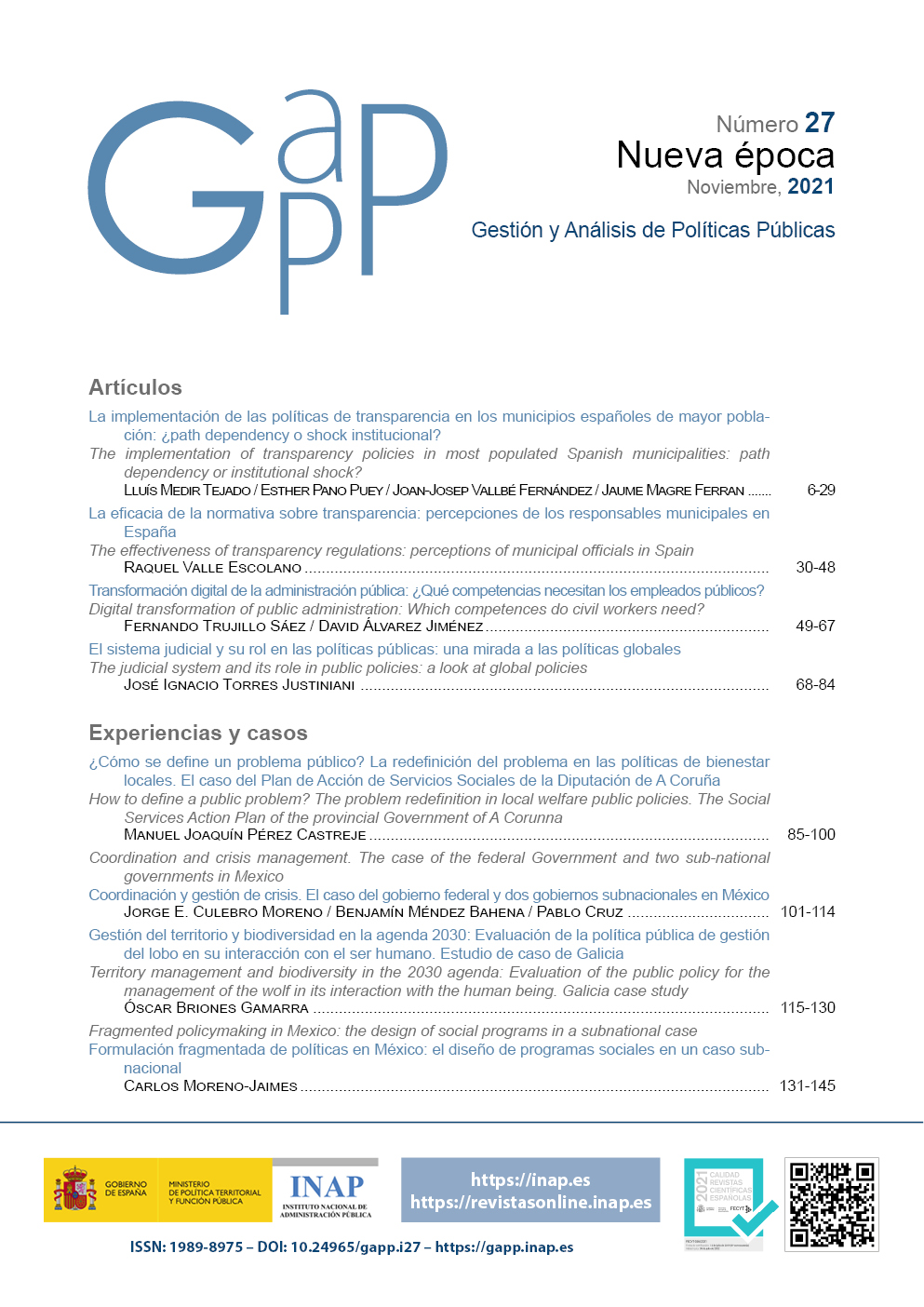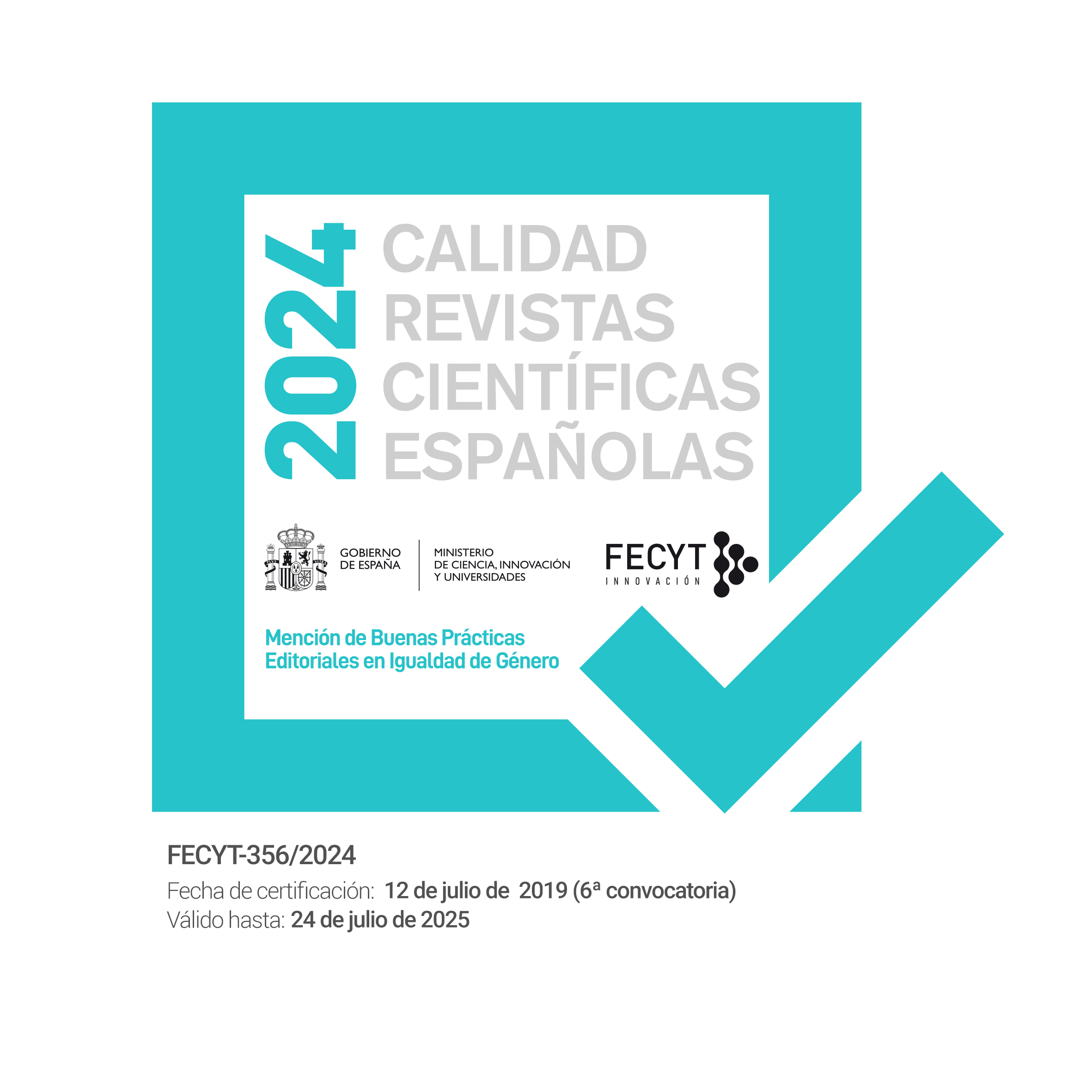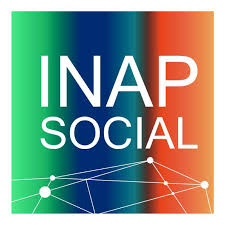Fragmented policymaking in Mexico: the design of social programs in a subnational case
DOI:
https://doi.org/10.24965/gapp.i27.10948Keywords:
Policy design, policy coherence, policy articulation, subnational policymaking, MexicoAbstract
Subnational governments in Mexico have significantly increased their role as policymakers. As a result, they have contributed to the creation of a wide variety of social programs earmarked to different target populations. Although the effects of these interventions on poverty reduction or on other development indicators are uncertain, analyzing their design can provide valuable insights about how social policy is conceived. In this article, I use the case of Jalisco, one of the states in Mexico that has taken the lead in the development of evaluation and monitoring mechanism to manage policymaking, to analyze the internal consistency design of social programs (the logic between problem definition, pertinence of goals and instrument selection) and their degree of horizontal articulation (to what extent programs duplicate or complement with each other). Drawing on an original dataset with more than 100 variables for 339 social programs, I find that policy interventions have a poor level of internal consistency, particularly regarding the formulation of policy problems. In addition, programs are highly atomized, which means that too many interventions aim at particularized interests, not at broader social groups. I argue that, notwithstanding that they operate in context where the formulation and evaluation of public policy are highly institutionalized, social programs are considerably inconsistent and fragmented, suggesting that they are not a deliberative response to social problems demanding solutions.
Downloads
References
Arellano-Gault, D., & Ramírez, E. (2008). Performance-Based Budgeting in Latin and South America: Analyzing Recent Reforms in the Budgetary Systems of Brazil, Chile, Colombia, and Mexico. International handbook of practice-based performance management (pp. 297-320). SAGE Publications, Inc. https://www.doi.org/10.4135/9781412982719
Bardach, E., & Patashnik, E. M. (2015). A practical guide for policy analysis: The eightfold path to more effective problem solving. CQ press.
Baumgartner, F. R., & Jones, B. D. (2013). Agendas and Instability in American Politics, Second Edition. University of Chicago Press. https://doi.org/10.7208/chicago/9780226039534.001.0001
Beer, C. C. (2003). Electoral competition and institutional change in Mexico. University of Notre Dame Press.
Bornemann, B. (2016). Integrative Political Strategies—Conceptualizing and Analyzing a New Type of Policy Field. European Policy Analysis, 2(1), 168-195. https://doi.org/10.18278/epa.2.1.10
Bouckaert, G., Peters, B. G., & Verhoest, K. (2010). The Coordination of Public Sector Organizations. https://doi.org/10.1057/9780230275256
Cairney, P., & Jones, M. D. (2016). Kingdon’s Multiple Streams Approach: What Is the Empirical Impact of this Universal Theory? Policy Studies Journal, 44(1), 37-58. https://doi.org/10.1111/psj.12111
Carbone, M. (2008). Mission Impossible: the European Union and Policy Coherence for Development. Journal of European Integration, 30(3), 323-342. https://doi.org/10.1080/07036330802144992
Cejudo, G. M., & Michel, C. L. (2016). Coherencia y políticas públicas. metas, instrumentos y poblaciones objetivo. Gestión y Política Pública, 25(1), 3-31. http://www.gestionypoliticapublica.cide.edu/ojscide/index.php/gypp/article/view/149
Cejudo, G. M., & Michel, C. L. (2017). Addressing fragmented government action: coordination, coherence, and integration. Policy Sciences, 50(4), 745-767. https://doi.org/10.1007/s11077-017-9281-5
COMISIÓN ESTATAL DE LOS DERECHOS HUMANOS DE JALISCO – CEDHJ (2017). Diagnóstico e informe especial sobre la situación de las personas con discapacidad en Jalisco. Instituto de Investigación y Capacitación en Derechos Humanos. CEDHJ. https://bit.ly/3pHrluk
CONEVAL (2020). Informe de pobreza y evaluación: Jalisco 2020. Mexico. https://www.coneval.org.mx/coordinacion/entidades/Documents/Informes_de_pobreza_y_evaluacion_2020_Documentos/Informe_Jalisco_2020.pdf
Cunill-Grau, N. (2014). La Intersectorialidad en las Nuevas Políticas Sociales: un acercamiento analítico-conceptual. Gestion y Política Pública, 23(1), 5-46. http://www.gestionypoliticapublica.cide.edu/num_anteriores/Vol.XXIII_NoI/01 %20GyPP%20Nuria%20Cunill%20(1-46).pdf
Cornelius, W. A., Craig, A. L., & Fox, J. (Eds.) (1994). Transforming state-society relations in Mexico: The national solidarity strategy. Center for US-Mexican Studies, University of California.
De La O, A. L. (2015). Crafting Policies to End Poverty in Latin America. Cambridge University Press. https://doi.org/10.1017/cbo9781316105528
Dery, D. (2000). Agenda setting and problem definition. Policy Studies, 21(1), 37-47. https://doi.org/10.1080/014428700114008
De Schutter, O. (2021). A human rights-based approach to measuring poverty. In M. F. Davis, M. Kjaerum, & A. Lyons (Eds.), Research Handbook on Human Rights and Poverty (pp. 2-20). https://doi.org/10.4337/9781788977517.00010
Diaz-Cayeros, A., Estevez, F., & Magaloni, B. (2016). Poverty Relief in Latin America. In The Political Logic of Poverty Relief (pp. 25-44). Cambridge University Press. https://doi.org/10.1017/cbo9781316492710.002
Esquivel, G. (2012). The Dynamics of Income Inequality in Mexico since NAFTA. Economía, 12(1), 155-179. https://doi.org/10.1353/eco.2011.0009
Gracia, M. A., & Horbath, J. E. (2018). Exclusión y discriminación de indígenas en Guadalajara, México. Revista Perfiles Latinoamericanos, 27(53). https://doi.org/10.18504/pl2753-011-2019
Hernandez-Trillo, F. (2016). Poverty Alleviation in Federal Systems: The Case of México. World Development, 87, 204-214. https://doi.org/10.1016/j.worlddev.2016.06.012
Howlett, M., Mukherjee, I., & Woo, J. J. (2015). From tools to toolkits in policy design studies: The new design orientation towards policy formulation research. Policy & Politics, 43(2), 291-311. https://doi.org/10.1332/147084414x13992869118596
Howlett, M., Mukherjee, I., & Howlett, M. (2017). The elements of effective program design: a two-level analysis. In M. Howlett, & I. Mukherjee (Eds.), Handbook of Policy Formulation (pp. 129-144). Edward Elgar Publishing. https://doi.org/10.4337/9781784719326.00014
Kingdon, J. W. (1995). Agendas, Alternatives, and Public Policies. Harper Collins College Publishers.
Levy, S., & Schady, N. (2013). Latin America’s Social Policy Challenge: Education, Social Insurance, Redistribution. Journal of Economic Perspectives, 27(2), 193-218. https://doi.org/10.1257/jep.27.2.193
Lindblom, C. E. (1968). The policy-making process. Prentice-Hall.
Majone, G., & Quade, E. S. (Eds.) (1980). Pitfalls of Analysis. John Wiley & Sons.
May, P. J., & Jochim, A. E. (2013). Policy Regime Perspectives: Policies, Politics, and Governing. Policy Studies Journal, 41(3), 426-452. https://doi.org/10.1111/psj.12024
May, P. J., Sapotichne, J., & Workman, S. (2006). Policy coherence and policy domains. Policy Studies Journal, 34(3), 381-403. https://doi.org/10.1111/j.1541-0072.2006.00178.x
Mosse, D. (2004). Power relations and poverty reduction. In R. Alsop (Ed.), Power, Rights, and Poverty: Concepts and Connections. World Bank. https://doi.org/10.1596/978-0-8213-6310-2
Peters, B. G. (1998). Managing Horizontal Government: The Politics of Co-Ordination. Public Administration, 76(2), 295-311. https://doi.org/10.1111/1467-9299.00102
Pollitt, C. (2003). Joined-up Government: a Survey. Political Studies Review, 1(1), 34-49. https://doi.org/10.1111/1478-9299.00004
Pressman, J., & Wildavsky, A. (1974). Implementation: How Great Expectations in Washington are Dashed in Oakland. University of California Press.
Sen, A. (1992). The Political Economy of Targeting. Annual Bank Conference on Development Economics. World Bank.
Schneider, A., & Ingram, H. (1993). Social construction of target populations: Implications for politics and policy. American political science review, 87(2), 334-347. https://doi.org/10.2307/2939044
Stokey, E., & Zeckhauser, R. (1978). A Primer for Policy Analysis. WW Norton.
Stone, D. (2002). Policy Paradox: the Art of Political Decision Making. WW Norton.
Teles, S. M. (2013). Kludgeocracy in America. National Affairs, 17, 97-114. https://www.nationalaffairs.com/publications/detail/kludgeocracy-in-america
Trein, P., Meyer, I., & Maggetti, M. (2019). The Integration and Coordination of Public Policies: A Systematic Comparative Review. Journal of Comparative Policy Analysis: Research and Practice, 21(4), 332-349, http://doi.org/10.1080/13876988.2018.1496667
Weiss, J. A. (1989). The Powers of Problem Definition: The Case of Government Paperwork. Policy Sciences, 22, 97-121. https://doi.org/10.1007/bf00141381
Wildavsky, A. (2017). The Art and Craft of Policy Analysis. Palgrave MacMillan. https://doi.org/10.1007/978-3-319-58619-9
Downloads
Published
How to Cite
Issue
Section
License
Copyright (c) 2021 Gestión y Análisis de Políticas Públicas

This work is licensed under a Creative Commons Attribution-NonCommercial 4.0 International License.












